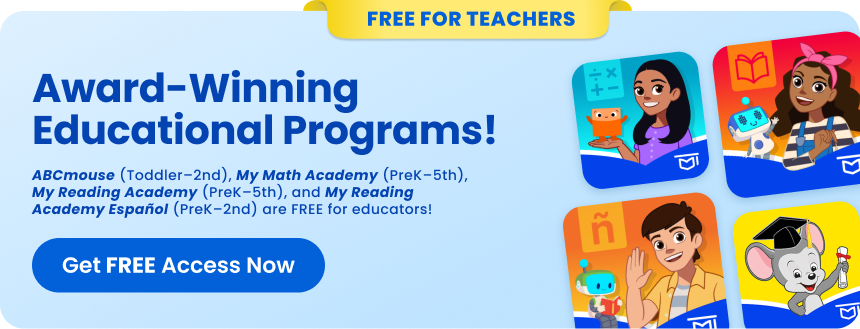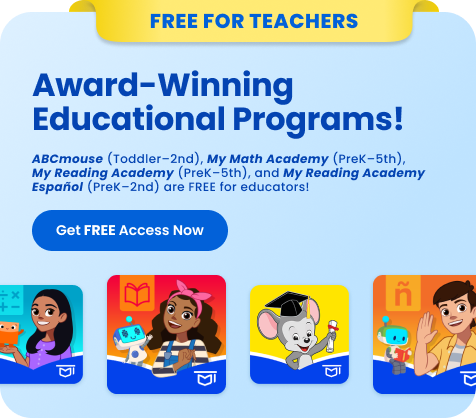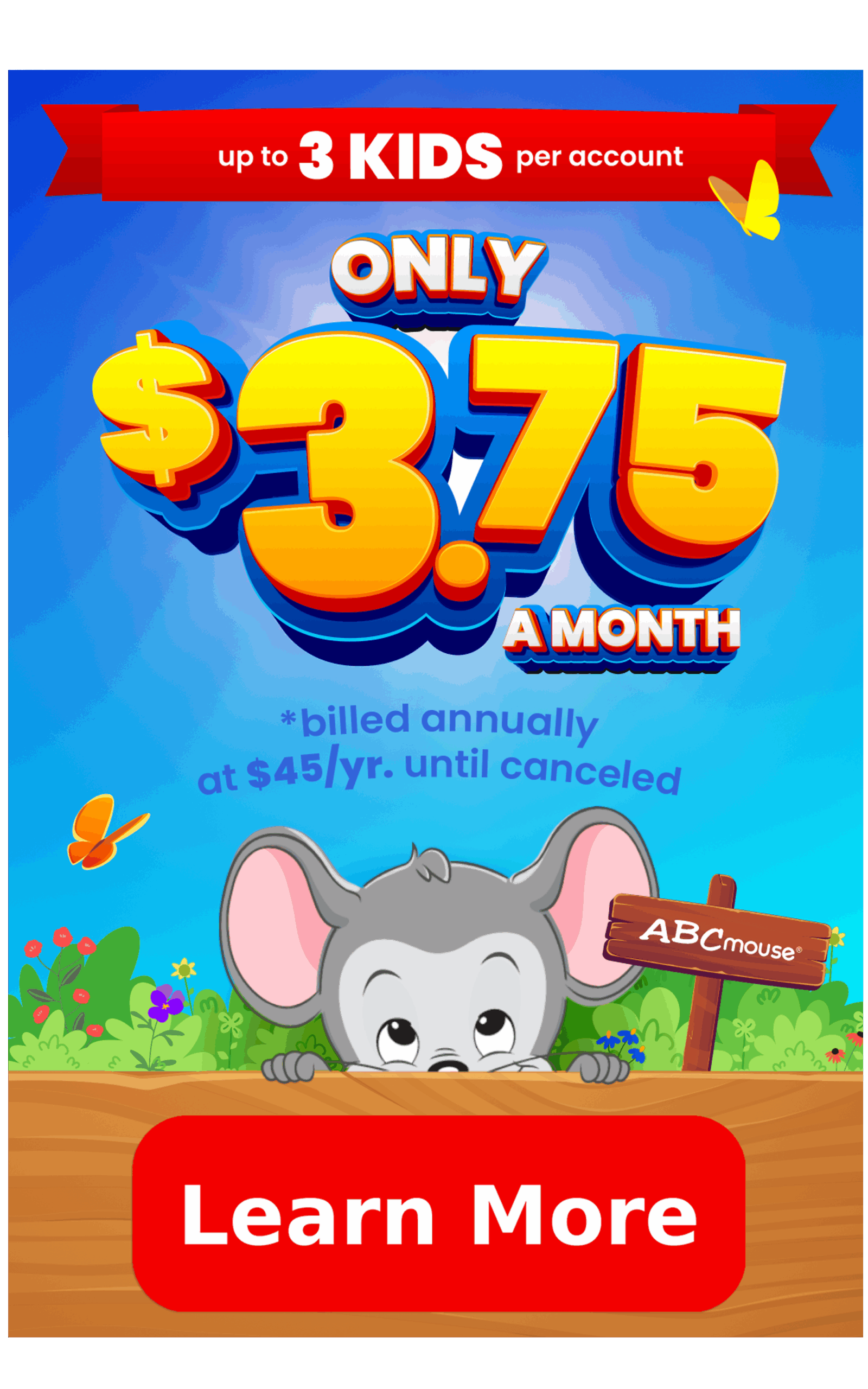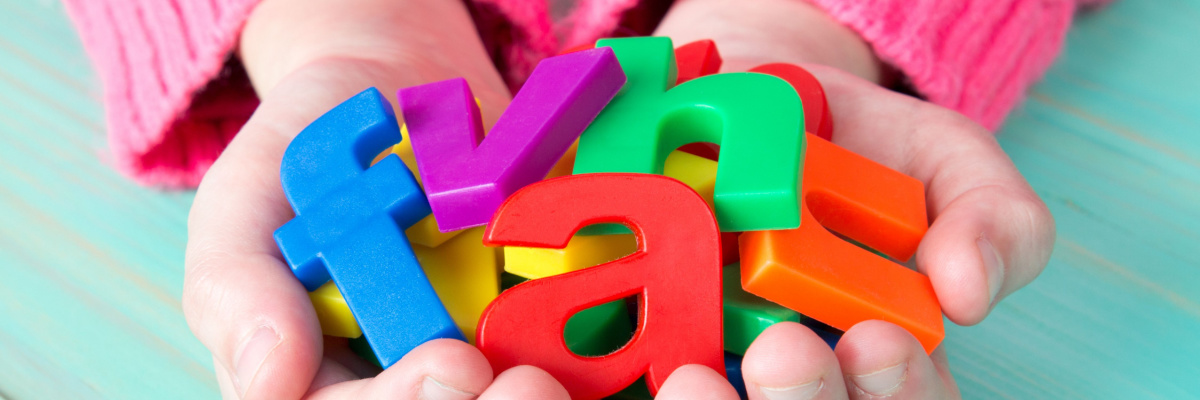
How to Teach Spelling to Kids
Learn how to make spelling practice fun and memorable.
Spelling is vital for kids learning to read and write: the three skills go hand-in-hand. The more kids read, the better spellers they’ll become. The better kids are at spelling, the easier they’ll find writing and composition. When we teach spelling to kids, we’re equipping them with skills they’ll use for a lifetime of written communication with others. Here’s how to start them off right.
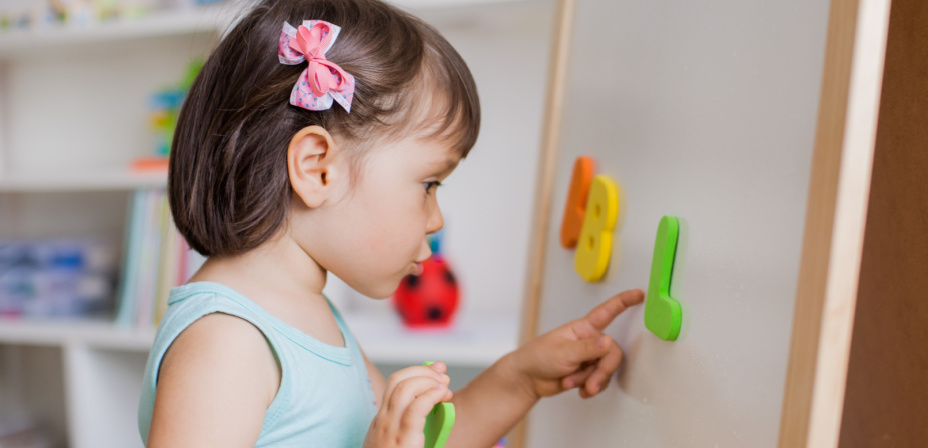
How to Start Teaching Spelling to Kids
Before students can start spelling words, they need to master letter-sound correspondence. That means they need to understand that each letter makes a specific sound or sounds. Young students spend a lot of time learning their letters and practicing corresponding sounds.
Try this: Show your child a letter (use flashcards, letter magnets, or even letters you see on street signs). Ask them what sound the letter makes.
Kids also need to recognize that words are made up of individual sounds. This is the first step toward being able to spell.
Try this: Say a word slowly together with your child, pronouncing each of the letter sounds. For example, “Sit. Sss-ih-tuh. Sit.” (Don’t worry about tying the sounds to letters at first, just emphasize the various sounds themselves.)
Now that students have a basic understanding of letter-sound correspondence, they’re ready to move on to phonics and spelling rules.
The Relationship Between Phonics and Spelling
English is a complicated language. Some words are spelled more or less as they sound, but others are much more complex. To help kids learn to read and write, we teach them the rules of phonics. Phonics starts with basic letter-sound correspondence, but progresses to more complicated concepts like:
- Long vowel sounds
- Short vowel sounds
- Hard and soft sounds for C and G
- Digraphs: Two letters that make one sound, like /th/ or /ch/
- Vowel teams: Two vowels that make one sound, usually the sound of the first vowel, as in the /ea/ in “cream” or /oa/ in “boat”
- Diphthongs: Two vowels together that make a sound that slides from one to the next, as in the /ou/ in “round” or /ee/ in “cheer”
Phonics and spelling go hand in hand. When they understand phonics concepts, students will find it easier to sound out and spell more difficult words. Learn more about phonics here.
Common Spelling Rules and Tips for Kids
Make spelling a little easier by sharing these common rules with students. Just remember that many of these rules have exceptions in English. So while they’re a good place to start when sounding out a word, they may not always give kids the right spelling. You can find a more extensive printable list of spelling words for kids here.
Each syllable has a vowel sound.
Examples:
- Teamwork (2)
- Alligator (4)
- Individual (5)
Notes: Vowel sounds can be made by single vowels, or by vowel teams like EA or OU. In some cases, Y can create a vowel sound, as in gym or happy.
Q is followed by U.
Examples:
- Queen
- Quick
- Quiet
Words or syllables with the “vowel-consonant-e” pattern (often called the “silent e”).
Examples:
- Bite
- Clothe
- Snake
If a word ends in a consonant followed by Y, pluralize it by changing the Y to I and adding ES.
Examples:
- candy/candies
- pony/ponies
- cherry/cherries
Notes: If the word ends in a vowel followed by Y, simply add an S: play/plays, toy/toys.
Change final Y to an I for plurals, suffixes, and double final consonants.
Examples:
- Happy/happiness
- Hungry/hungriest
- Chilly/chillier
Notes: If the word ends in a vowel followed by Y, do not change it. For example: say/saying, shy/shyest
Double final consonants before adding a suffix.
Examples:
- Rip/ripping
- Grim/grimmer
- Wet/wettest
Fun Ways to Teach Spelling
Regular spelling practice is important, especially for mastering words that don’t follow common spelling patterns. Kids will be much more willing to work on this skill if you use spelling games or fun interactive activities. Here are some to try:
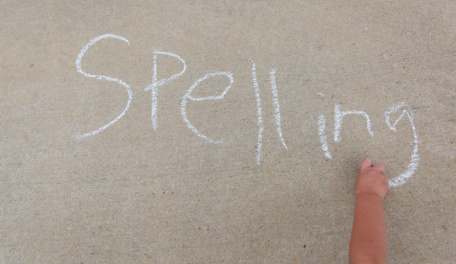
- Get Physical: Write the alphabet on the sidewalk in chalk, or use sticky notes to place them all over your wall at various heights. As kids spell words on their list, they can jump from letter to letter, or slap the corresponding sticky notes with their hands.
- Word Jumbles: Give students the letters they need to spell a word, and ask them to put them into the correct order. Try this with letter magnets or beads so kids can move them around until they get the right answer.
- Scrabble: Whether or not you keep score, Scrabble is one of the best spelling games for all ages. For the youngest players, forget about the board and just take turns using tiles to add new words.
- Spelling Bee: Some students love to compete and test their skills in front of others. Encourage all participants by allowing second chances in the earlier rounds.
Where to Find Age-Appropriate Spelling Words
Each language arts curriculum program uses its own set of spelling words. You can find lists online, including our own lists by grade:
Another great way to build a spelling word list is to read books with your child. As they come across words that are new to them, add them to your running list of spelling words to practice.
#1 Downloaded Kids’ Education App in the U.S.
The ABCmouse app has so much to offer! You and your child will find 10,000+ games and activities designed by curriculum experts to nurture math and reading skills, along with an extensive digital library and so much more. Our research-back curriculum focuses on preschoolers through second graders.
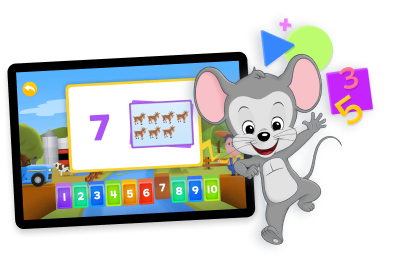
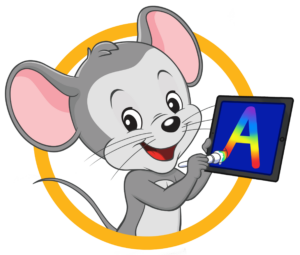
Then just $14.99 a month until canceled
How to Help Struggling Spellers
It can be hard to watch your child struggle with spelling, but with increased high-quality reading and spelling experiences they can become a stronger speller.
Here are a few tips to help students and parents.
- Read More: The more kids are exposed to words in print, the easier it will be for them to recognize and recall them later. Encourage them to read anything and everything, from comics and graphic novels to magazines and beyond.
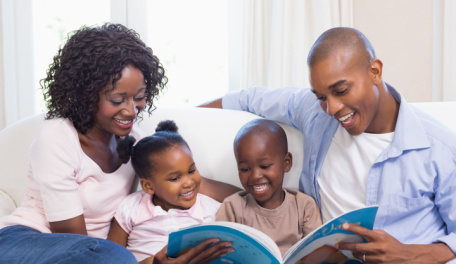
- Try Spelling Apps: Children are always looking for an excuse for more screen time. Use a trusted spelling app or online program like ABCmouse to encourage spelling practice in a fun way.
As literacy expert Dr. Louisa Moats said on ReadingRockets.org, “Spelling is a visible record of a child’s language processing, and gives us a window into what a child understands about word structure and speech sounds, and how we use letters to represent those sounds”. This insight underscores the importance of spelling in understanding and mastering language, emphasizing that good spellers also become better readers and writers.
Additional Resources
ABCmouse has kindergarten addition programs and games designed by early education experts to help your child learn addition:
Letter Sound Activities for Young Children
Find 10 interactive and educational activities that can make learning letter sounds more fun and effective.
Browse →
Kindergarten Reading Worksheets
Our collection of reading worksheets for kindergarteners adds an element of fun to literacy practice.
Browse →
Educational Spelling Games by ABCmouse
Explore our many educational games to help bolster your child’s spelling skills and more.
Browse →
ABCmouse’s expert advice review process:
Our team of ABCmouse Curriculum Experts, made up of talented professionals in early childhood education and development, take a close look at educational content and learning claims. They put in the effort to make sure our information is accurate and current. We have a certified educator or another respected authority review the content, matching their expertise with the topic at hand. They’ll make sure the content is thorough and follows the latest research and educational guidelines. If they think we can make things even better, they’ll chat with our editorial team, and we’ll make those improvements right away. Only after a reviewer gives their thumbs-up does a piece of content get the official stamp of approval in the byline.


